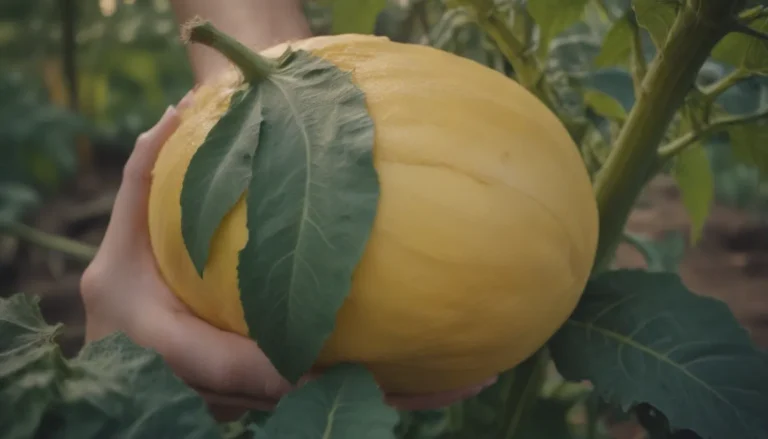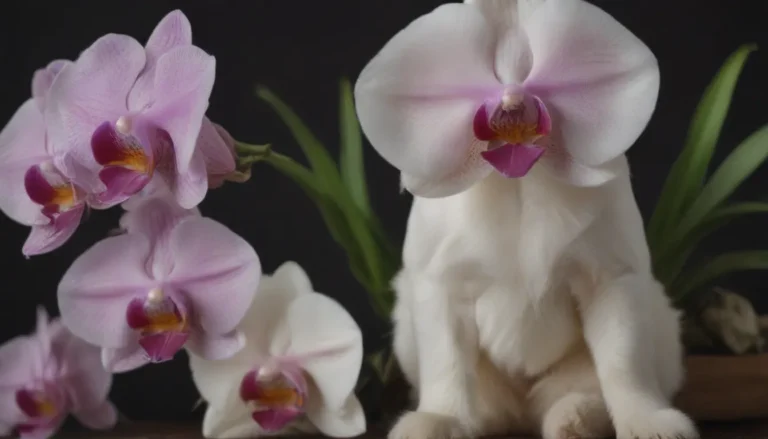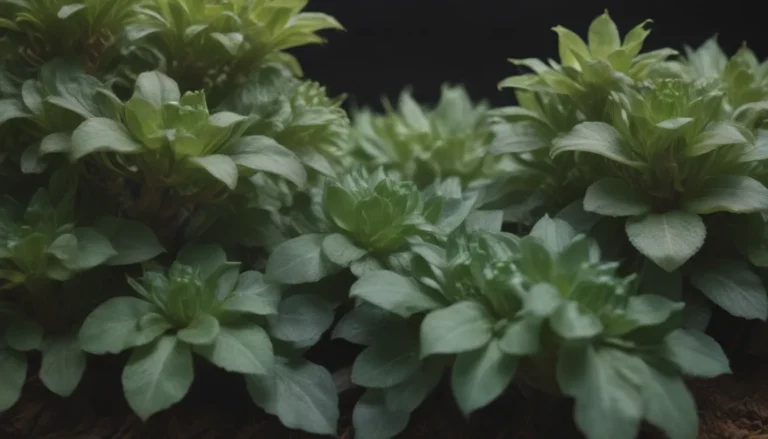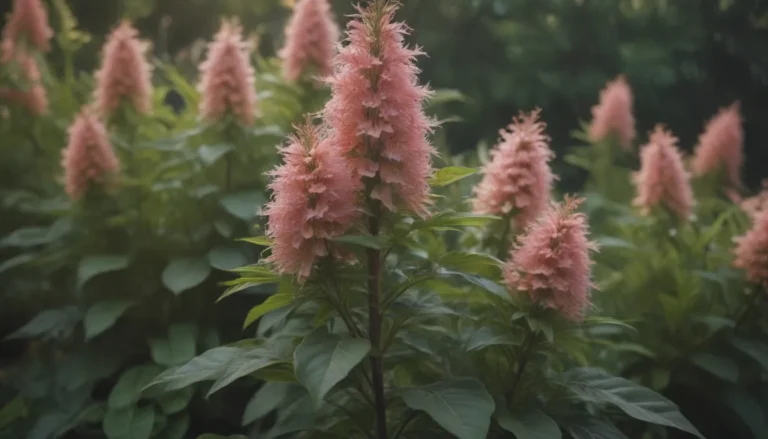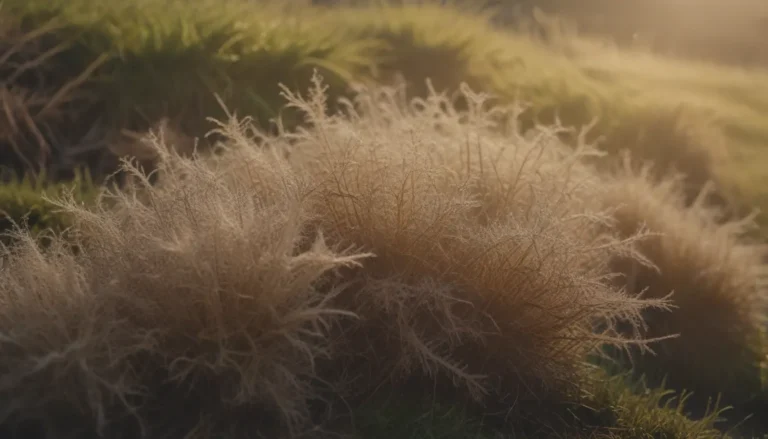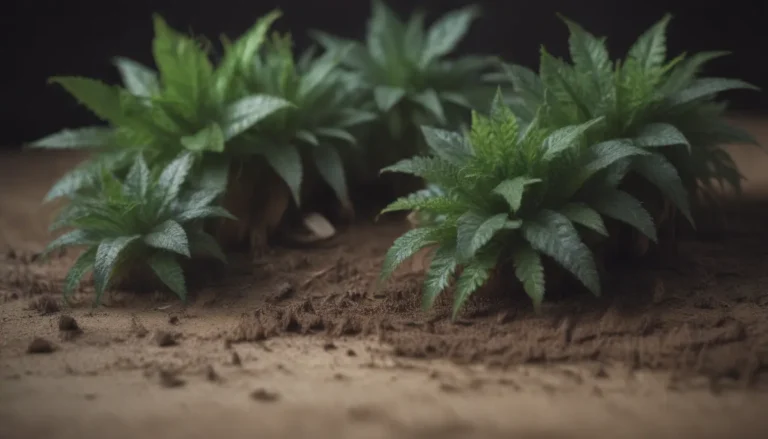The Ultimate Guide to Growing and Caring for Duckweed
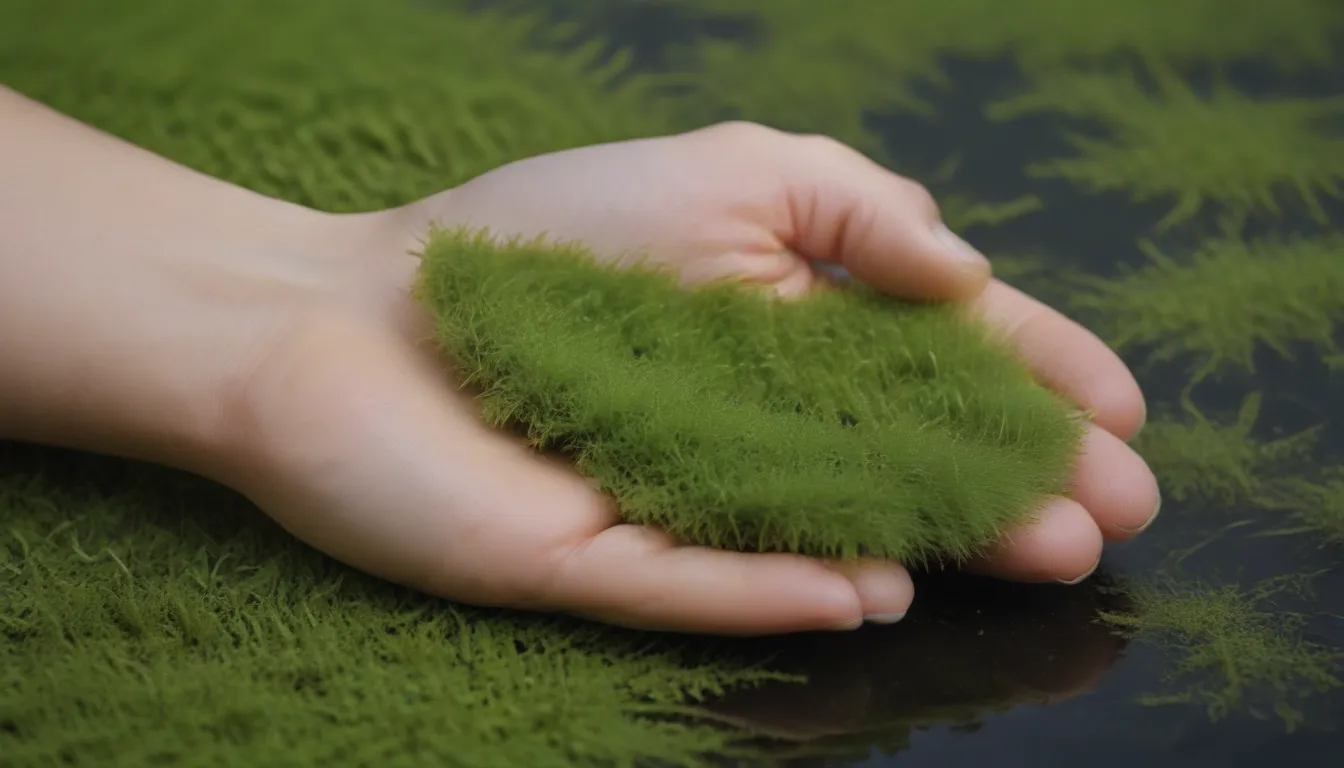
If you’re looking for a versatile and easy-to-grow plant to add to your indoor aquarium, pond, or even just a little bowl of water on your windowsill, duckweed may be the perfect choice for you. Duckweed, scientifically known as Lemna spp., is one of the tiniest flowering plants in the world. Despite its small size, it packs a big punch when it comes to benefits for aquatic environments.
In this comprehensive guide, we’ll explore everything you need to know about growing and caring for duckweed. From its basic care requirements to the different types of duckweed available, we’ll cover it all. So, grab a cup of tea, get comfortable, and let’s dive into the wonderful world of duckweed!
Duckweed Care: Keeping Your Tiny Plant Happy
Duckweed is a low-maintenance plant that thrives on minimal care. Whether you choose to grow it indoors or outdoors, here are the essential care requirements you need to keep in mind:
Light
Duckweed thrives in full sun, but it’s also adaptable to low to high light conditions. If you’re growing it indoors, place your aquarium or container near a sunny window where it can receive at least six hours of sunlight each day. High-quality, full-spectrum light can also help encourage denser growth in your duckweed.
Water
This aquatic plant grows best in calm water, so make sure to keep the water still with little to no current. To cultivate duckweed, use a rectangular container that meets specific dimensions to allow for optimal growth. Add dechlorinated water and ensure proper oxygenation with the help of a straw. Regularly monitor the pH level of the water and harvest the duckweed using a fish net or coffee filter when ready.
Fertilizer
To promote healthy growth in your duckweed, consider adding a balanced liquid fertilizer with an iron component. Dilute the fertilizer with water to ensure proper nutrient uptake by the plant.
Temperature
Duckweed is adaptable to a wide range of temperatures, but maintaining a temperature between 63 to 79 degrees Fahrenheit can help optimize growth and overall health.
Types of Duckweed: Exploring Varieties and Differences
Duckweed comes in various species, each with its unique characteristics and appearances. Here are some common types of duckweed you may encounter:
- Least Duckweed (Lemna minuta)
- Fat Duckweed (Lemna gibba)
- Greater Duckweed (Spirodela polyrhiza)
- Ivy-leaved Duckweed (Lemna trisulca)
Each type of duckweed may have slightly different growth patterns and requirements, so it’s essential to understand the specific needs of the variety you’re working with.
Pruning and Maintenance: Keeping Duckweed in Check
Due to its rapid growth nature, controlling the spread of duckweed can be a challenge. Here are some tips on how to prune and maintain your duckweed to prevent invasive growth:
- Start prevention early in the spring to avoid excessive spread.
- Regularly check and remove excess duckweed to maintain a healthy balance in your aquatic environment.
- Consider the benefits of duckweed, such as its ability to feed aquatic creatures and remove pollutants from the water.
Propagating Common Duckweed: Multiplying Your Plant
Common duckweed can be easily propagated through division or fragmentation. To increase the numbers of your duckweed population, follow these simple steps:
- Divide the existing plant into smaller sections.
- Place the divided sections in separate containers to allow for individual growth.
Dealing with Pests and Diseases: Protecting Your Duckweed
Duckweed may be susceptible to certain pests and diseases unique to its species. To keep your plant healthy and thriving, be on the lookout for common issues such as weevils, Lemna fly, and bacterial infections. Regular inspection and preventive measures can help protect your duckweed from potential threats.
If you notice any pest infestations or signs of disease, consider using natural remedies such as neem oil or insecticidal soap to combat the problem effectively.
Benefits of Duckweed: Beyond Beauty
While duckweed may be a beautiful addition to your aquatic environment, its benefits go far beyond aesthetics. This tiny plant plays a crucial role in maintaining water cleanliness, preventing algae overgrowth, and serving as a nutritious food source for various aquatic creatures.
In fact, duckweed is often used in the commercial sector as a protein-packed animal feed for fish and livestock. However, it’s essential to monitor the growth of duckweed to prevent it from overtaking your pond or aquarium and causing potential issues such as oxygen depletion or light blockage.
Conclusion: Embracing the Wonder of Duckweed
In conclusion, duckweed is a fascinating and valuable plant that can enhance the beauty and health of your aquatic environment. By providing proper care, monitoring growth, and taking preventive measures against pests and diseases, you can enjoy the benefits of this tiny plant for years to come.
So, whether you’re a seasoned aquarist or a beginner plant enthusiast, consider adding duckweed to your collection for a touch of greenery and vitality. With its ease of care and impressive benefits, duckweed is truly a gem in the world of aquatic plants.
Remember, a little duckweed goes a long way in transforming your space into a thriving and vibrant aquatic oasis. So, go ahead, give duckweed a try, and watch as it flourishes and brings new life to your aquatic world!
